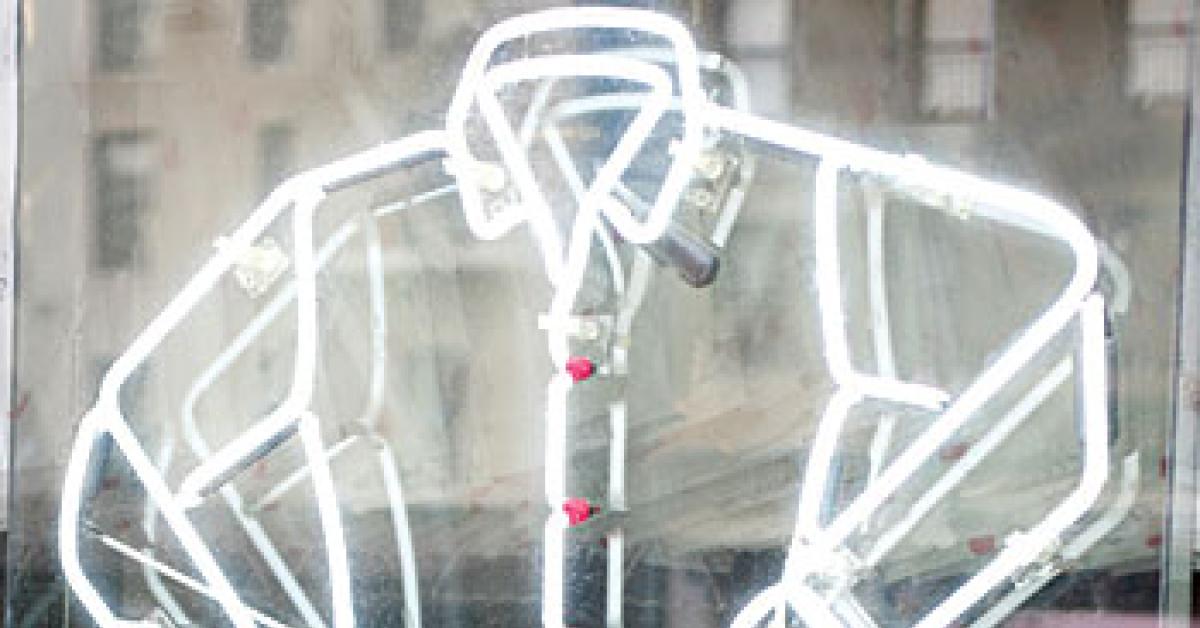CHICAGO — Opening a new dry cleaning business is a big step, whether you’re coming in fresh to the industry and are investing for the first time or you’re a current owner who’s looking to expand your operation by adding a new location.
Each plant start-up has its own unique challenges and requirements to meet, but there are some basic guidelines to keep in mind as you pursue your new venture.
KNOW-HOW
Given his position as director of education and training for the Drycleaning & Laundry Institute (DLI), it’s not surprising that Brian Johnson is passionate about continuing education. What may surprise you is his assessment of the dry cleaning community’s know-how.
“Probably one of the biggest issues in the industry today is the people that are running the dry cleaning businesses truly don’t understand the principles of cleaning clothes,” he says. “They tend to focus more on how to operate the machinery. The science is lost.”
To provide the best cleaning service, it’s vital that a cleaner understand garment construction, fabric type, weaving, dyeing, etc. DLI and the National Cleaners Association (NCA) both offer a variety of programming on this front, included basic and advanced courses in dry cleaning, stain removal, counter training, routing, and more.
“The whole idea is we’re not selling a product, we’re offering a service,” says Alan Spielvogel, NCA’s director of technical services, of the dry cleaning industry. “So we have to have a good understanding of what we’re talking about so we can communicate potential problems to the customer.”
And a dry cleaner risks losing control of their business if they don’t understand how it operates from stem to stern. “I’ve run into situations where the employees … knowing the owner knows nothing about production, the employees will take advantage of the owner,” industry consultant Harvey Gershenson says. “I walked into one plant where the equipment was filthy. The man says, “Oh, the spotter says it can’t be cleaned.’ You run into something like that and it’s tragic.”
SECOND TIME AROUND?
Expanding entrepreneurs benefit from the experience of having already opened and operated a store, but their new project may not be as simple as using a ready-made template.
“When you’re looking at another area, you have to really look at the demographics,” Spielvogel advises. “It may be that the store you’re in is in a higher-income area and can support a higher price structure, but the other store may not be in that type of area and can’t support it.”
And there may be different operational considerations in this new location. “As far as what works and what doesn’t, what is legal and what is not legal to install, this is where the distributor comes in,” Spielvogel says. “(The entrepreneur) should always pick a distributor that has a track record, someone who’s been there for a while. You want to get someone who’s fairly local, who has a service team on call, where parts are available, this kind of thing.”
Johnson cautions against compromising quality, whether at an original location or a new site, during the course of expansion. “They need to be absolutely certain that the quality (of service) at the new location won’t be decreased, that they won’t deprioritize the additional location to keep the plant their priority. They need to maintain a consistent level of quality across the entire brand.”
NETWORKING
At the end of the day, your smartest move might be to seek out and build relationships with other dry cleaners, the experts say.
“You’re better off joining a trade association and meeting with other people in the industry,” advises Gershenson, who cautions against relying solely on suppliers for business advice. “I just can’t say enough for it because you’re meeting people with like problems, you hear about solutions that you may or may not have considered. That’s one of the benefits of joining a cost group.”
“That should be one of the top priorities, to meet other cleaners,” Johnson says. “All of us are having the same issues every day. Explore some ideas from someone else who’s been in your shoes.”
Click here for Part 1!
Have a question or comment? E-mail our editor Dave Davis at [email protected].

